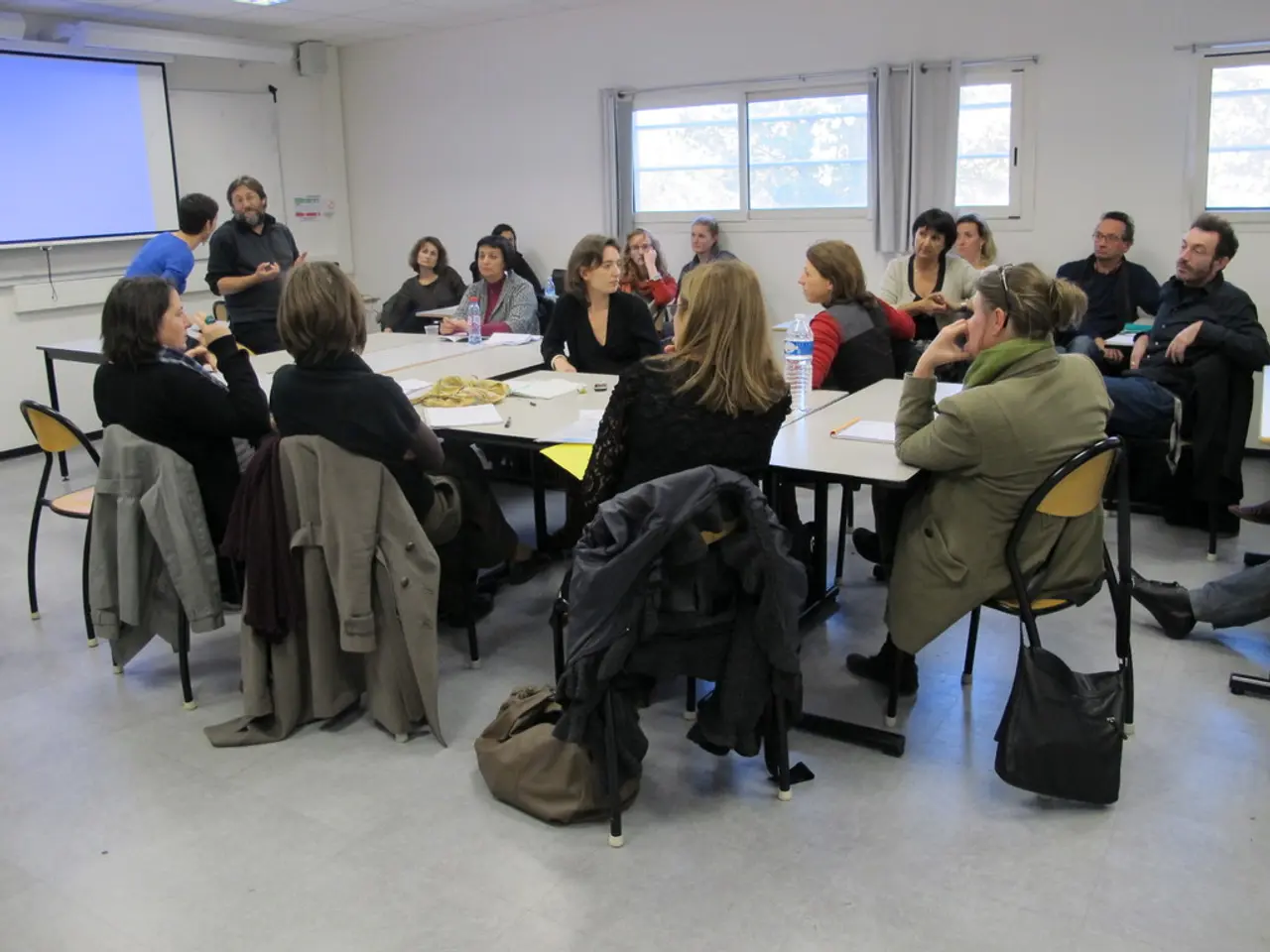Crafting Impactful Mixed Research Questions for Your Multimethod Studies
In the realm of research, mixed methods approaches have gained popularity for their ability to offer a more comprehensive understanding of complex problems. This method combines both qualitative and quantitative data, providing a clearer picture by leveraging the strengths of both paradigms.
When formulating mixed methods research questions, it's crucial to ensure that they integrate both qualitative and quantitative components to address complementary aspects of the research problem. Here are some best practices:
- Align methods to research goals: Formulate questions that specify what each method will address. Quantitative methods can be used to measure or quantify phenomena, while qualitative methods can explore context, experiences, or reasons behind the quantitative results.
- Use mixed methods frameworks: Frameworks like SPIDER (Sample, Phenomenon of Interest, Design, Evaluation, Research type) are particularly suited for mixed methods because they incorporate both qualitative and quantitative elements in defining the question.
- Clearly define key concepts: Your question should specify the population/sample, phenomena, context, and outcomes relevant to both methods to guide coherent data collection and integration.
- Plan for integration, not just addition: The research question should anticipate how qualitative and quantitative findings will complement, explain, or triangulate each other, producing a comprehensive understanding rather than isolated results.
- Tailor specificity and scope: Questions should be specific enough to guide systematic inquiry but broad enough to capture multiple facets requiring different methods.
- Sequence and timing considerations: When qualitative follow-up is based on quantitative findings (or vice versa), questions should allow for such staged exploration, facilitating iterative insights.
Mixed methods research questions help minimize the risk of research biases by drawing on two different approaches, counterbalancing the limitations of using either qualitative or quantitative data alone. However, it's important to remain objective and ensure that qualitative results and quantitative results are not biased in their integration.
Conflicting results can arise in mixed methods research, making it difficult to form a clear conclusion when qualitative and quantitative findings conflict with one another. To address this, researchers can employ designs like Convergent Parallel Design, where qualitative and quantitative data are collected simultaneously, with separate analysis but integrated results.
In conclusion, mixed methods research offers a powerful tool for answering complex questions that require both statistical analysis and rich, contextual insights. By following best practices in formulating mixed methods research questions, researchers can ensure that their research goes beyond simply combining two paradigms and instead fully leverages their complementary strengths, leading to richer and more valid findings.
- To harness the benefits of comprehensive understanding in dissertation writing, consider enlisting education-and-self-development services that specialize in mixed methods research, encouraging the deliberate integration of learning through both quantitative data analysis and qualitative research techniques, such as online-education platforms or professional writing services.
- As you strive to improve your own research skills and tackle complex issues, engaging with dissertation writing services that specialize in mixed methods approaches may spur personal growth (education-and-self-development) and foster the ability to ask thoughtful, multifaceted research questions that incorporate qualitative and quantitative learning.




